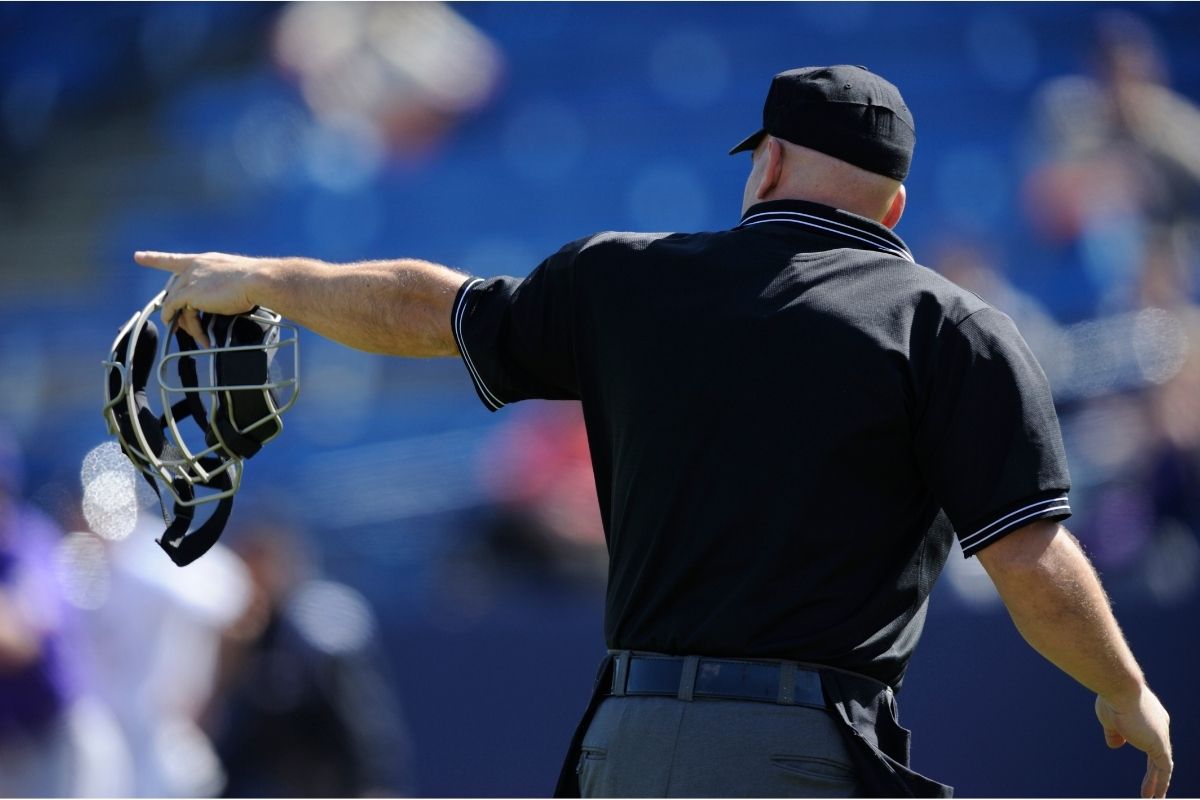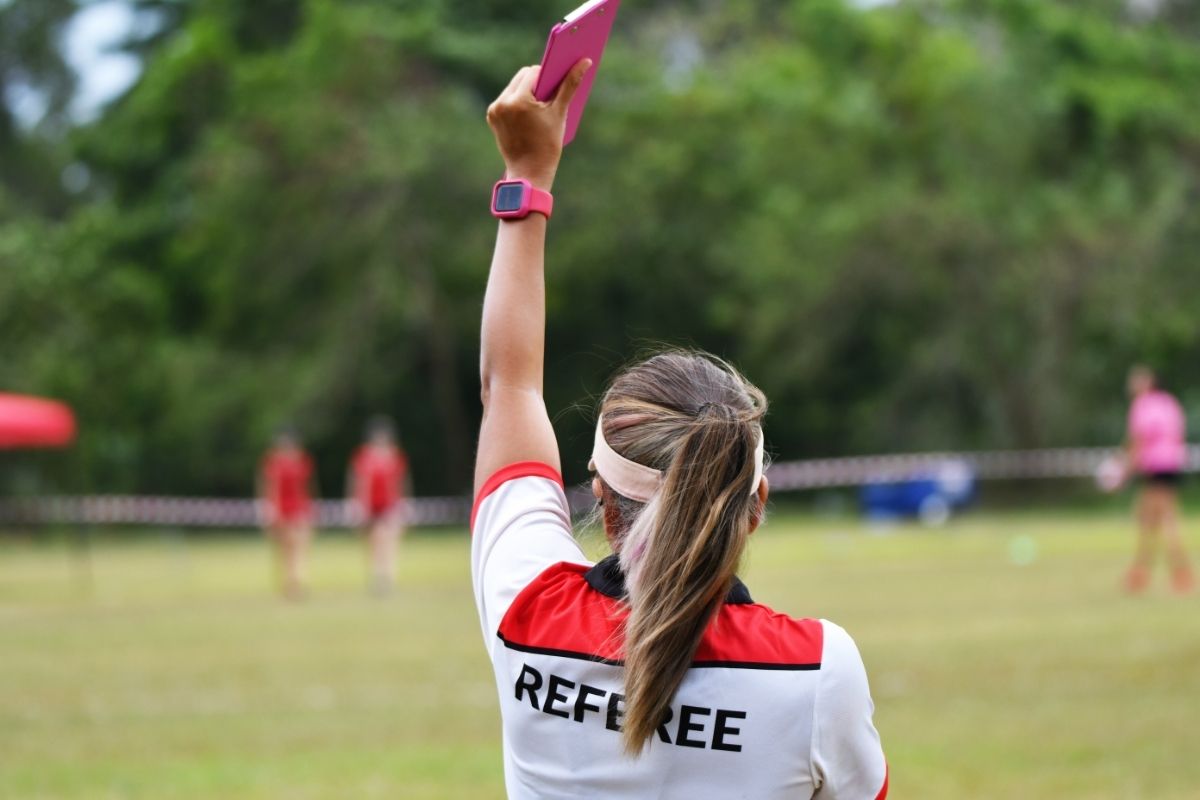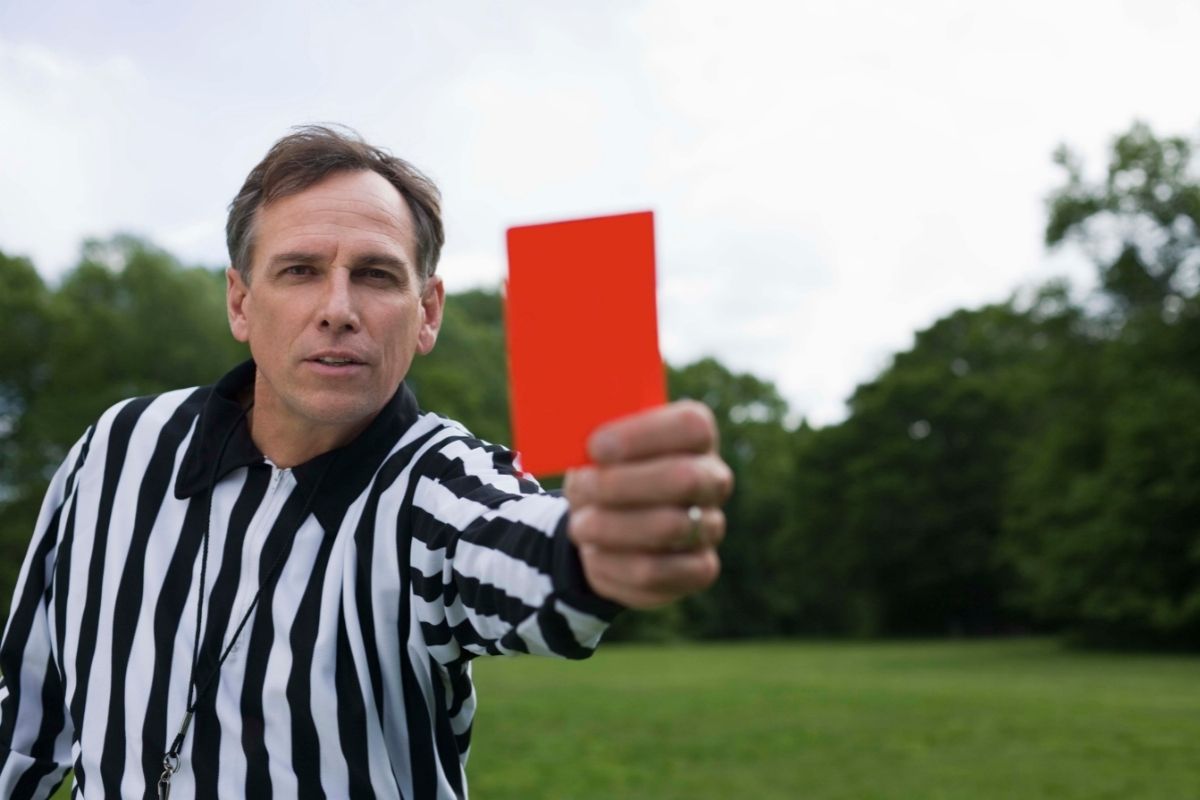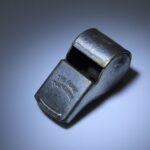If you’re a soccer fan or even just familiar with soccer at all, then chances are you’ve seen a fair share of fouls.
It’s practically impossible for a soccer game to not have at least a couple of fouls; but while most of these fouls are just minor infractions, some fouls cross the line into major misconduct.
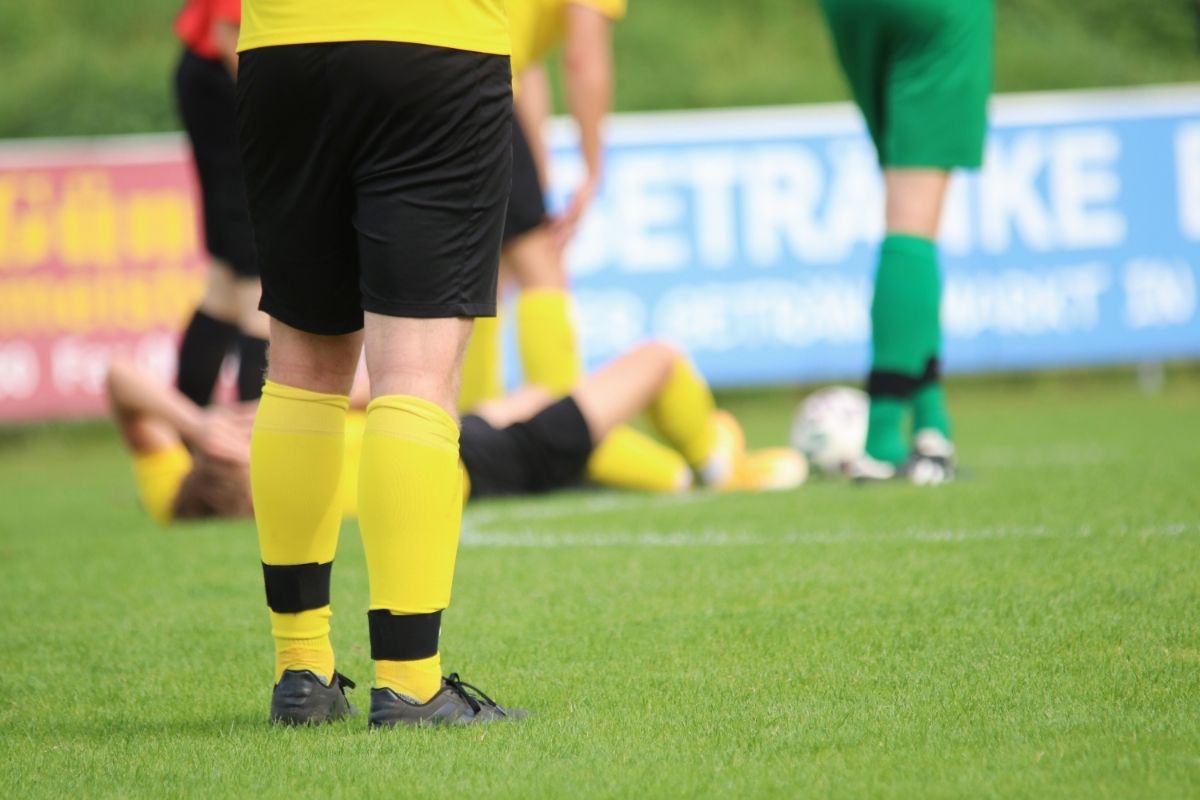

So what fouls are the worst of the worst, and will land you in some serious trouble?
Luckily, we’ve done all the hard work for you! In this handy guide, we’ll take a look at some of the most serious types of fouls in soccer. We’ll also cover how these serious infractions are punished, both on the pitch and after a match.
So let’s stop wasting time and jump right into it!
Soccer Fouls: A Breakdown
In soccer, a ‘foul’ refers to any action by a player that violates the rules of the game and/or endangers other players.
Like other forms of misconduct, fouls can result in punishment by the referee, either by awarding the other team a free-kick or giving the offending player a red or yellow card.
Fouls are distinct from general misconduct (such as dissent or offensive language) in that they are generally physical in nature; more serious soccer fouls involve violent and aggressive behavior and dangerous play that put other players or the referees at risk.
However, other offenses can also be classed as fouls and result in the referee punishing the offending player.
FIFA has three separate categories of fouls for different types of infraction: major fouls, other offenses, and misconduct. Here’s a breakdown of what each category means.
The Nine Major Soccer Fouls
FIFA uses nine categories to classify major fouls in soccer. These fouls will all result in a direct free-kick being awarded to the other team.
The nine major fouls are:
- Tripping an opposing player
- Grabbing/holding an opposing player
- Shoving an opposing player
- Kicking/trying to kick an opposing player
- Striking/trying to strike an opposing player
- Charging another player violently or aggressively
- Attacking another player from behind
- Jumping at an opposing player
- Touching the ball with your hands
Other Types Of Offenses
Fouls aren’t the only type of infraction that can result in punishment.
These other offenses are sometimes labeled as fouls but are classed as distinct offenses by FIFA.
Some other offenses include:
- Interfering with or obstructing play restarting
- Time wasting
- Charging at the goalkeeper
- Dangerous play (eg. a dangerous tackle without making contact with the ball)
- Going offside
- The goalkeeper handling the ball with their hands after it was passed by a teammate
These other offenses aren’t as severe as major fouls but still merit punishment, and result in the other team being awarded an indirect free-kick.
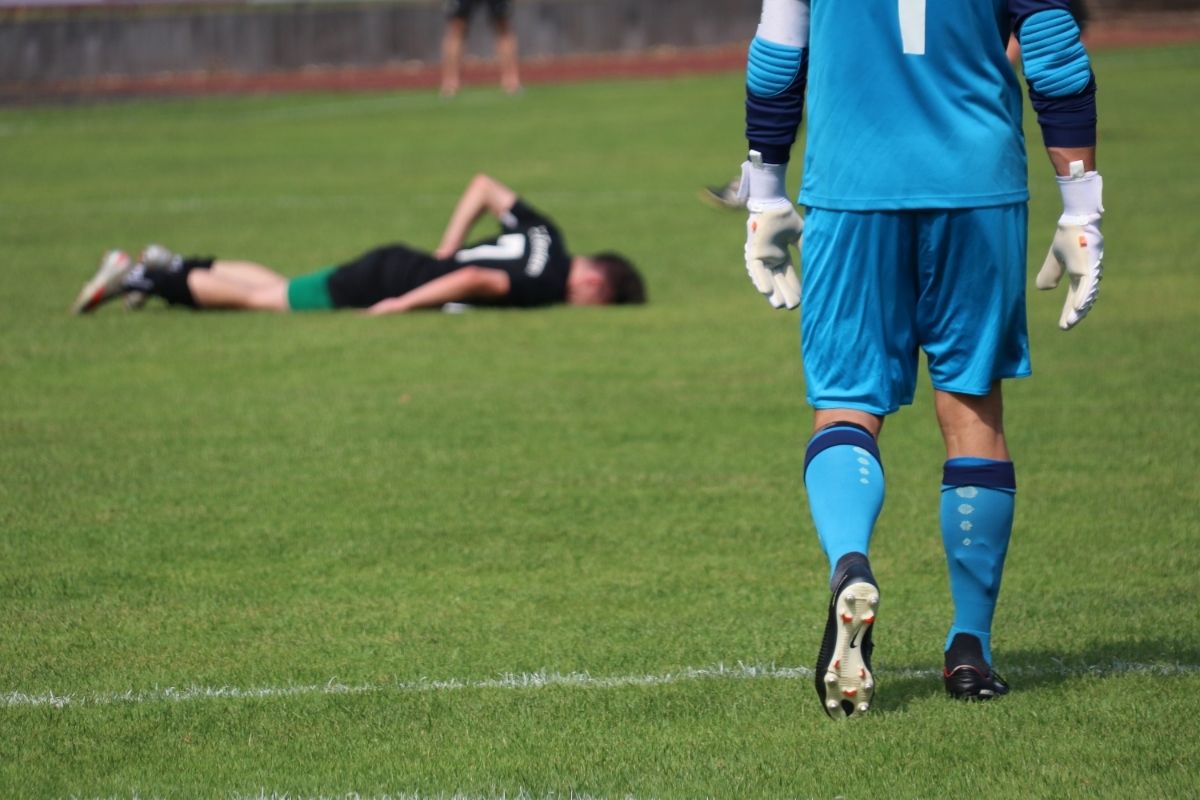

Misconduct
While not necessarily classed as fouls, misconduct also results in disciplinary action – most commonly, yellow or red cards. Yellow cards act as a warning, while a red card means that the offending player is immediately sent off the pitch.
Misconduct results in a yellow card and an indirect free-kick if:
- A player repeatedly breaks the rules or commits the offenses listed above
- A player shows unsporting conduct (eg. faking a dive to trick the referee into awarding their team a free-kick)
- A player shows dissent to the referee through their actions or verbally
- A player enters or leaves the pitch without the referee’s permission
Misconduct results in a red card and the player being sent off the pitch when:
- A player commits an especially dangerous and/or violent foul
- A player physically attacks another player or a referee
- A player uses racist, homophobic, or otherwise offensive language, regardless of who it is directed towards
- A player deliberately touches the ball with their hand to prevent a goal from being scored
What Are The Most Serious Soccer Fouls?
Now you know a bit more about the different classifications of fouls in soccer, let’s take a look at the most serious types of fouls in soccer.
These fouls will get you into serious trouble, typically resulting in an immediate red card as well as other possible disciplinary actions.
Most serious fouls involve the use of violence and aggression towards other players. Attacking a player or referee (by striking, kicking, elbowing, etc.) will instantly result in a red card. However, not all serious fouls have to be physical.
Aggressive behavior can also lead to severe consequences. For instance, getting in a referee’s face can result in a yellow or red card, while verbal abuse will also lead straight to a red card.
Another way to immediately be sent off the pitch is spitting at another player or a referee. Spitting at anyone will always warrant a red card.
Some unsportsmanlike behavior crosses the line from medium-level infraction into serious and major misconduct. Handling the ball or deliberately fouling an opponent in order to prevent a goal from being scored is considered a serious offense.
How Are Serious Fouls Punished?
Yellow and red cards are the most commonly-used punishments in soccer for more serious infractions. As we’ve already mentioned, yellow cards act more as a warning while red cards mean that the offending player is immediately sent off the pitch.
While red cards are reserved for the most severe infractions and misconduct, yellow cards can also have repercussions. If a player receives two yellow cards in a game, this is equal to a red card and the player will be sent off.
Additionally, the offending player can’t return to play or be substituted by their team – this means that their team will play the rest of the game missing a player.
Red cards and serious fouls are typically accompanied by match suspensions. These usually range from one- to three-match suspensions, but that can vary depending on the league.
Final Thoughts
In most cases, a game of soccer won’t have anything more than a few minor fouls. However, there are plenty of more major fouls that a player can commit, with some serious consequences as a result.
So there you are – now you know all there is to know about major fouls in soccer!
- Can You Play Pickleball on Grass? Tips and Tricks - June 12, 2023
- Do Pickleballs Wear Out? Everything You Need to Know - June 12, 2023
- Can You Play Pickleball on Concrete? A Guide to Playing on Hard Surfaces - June 12, 2023

